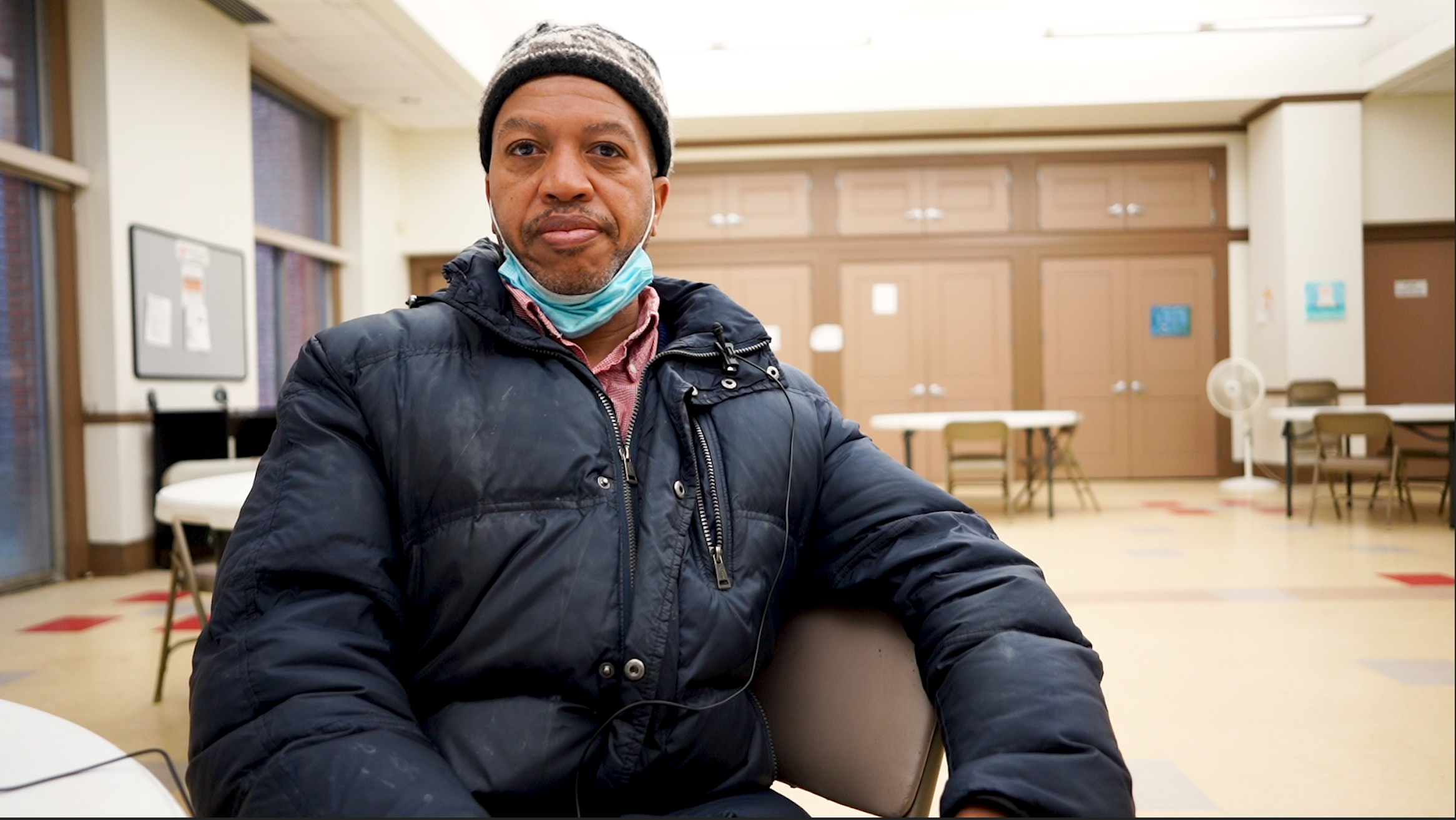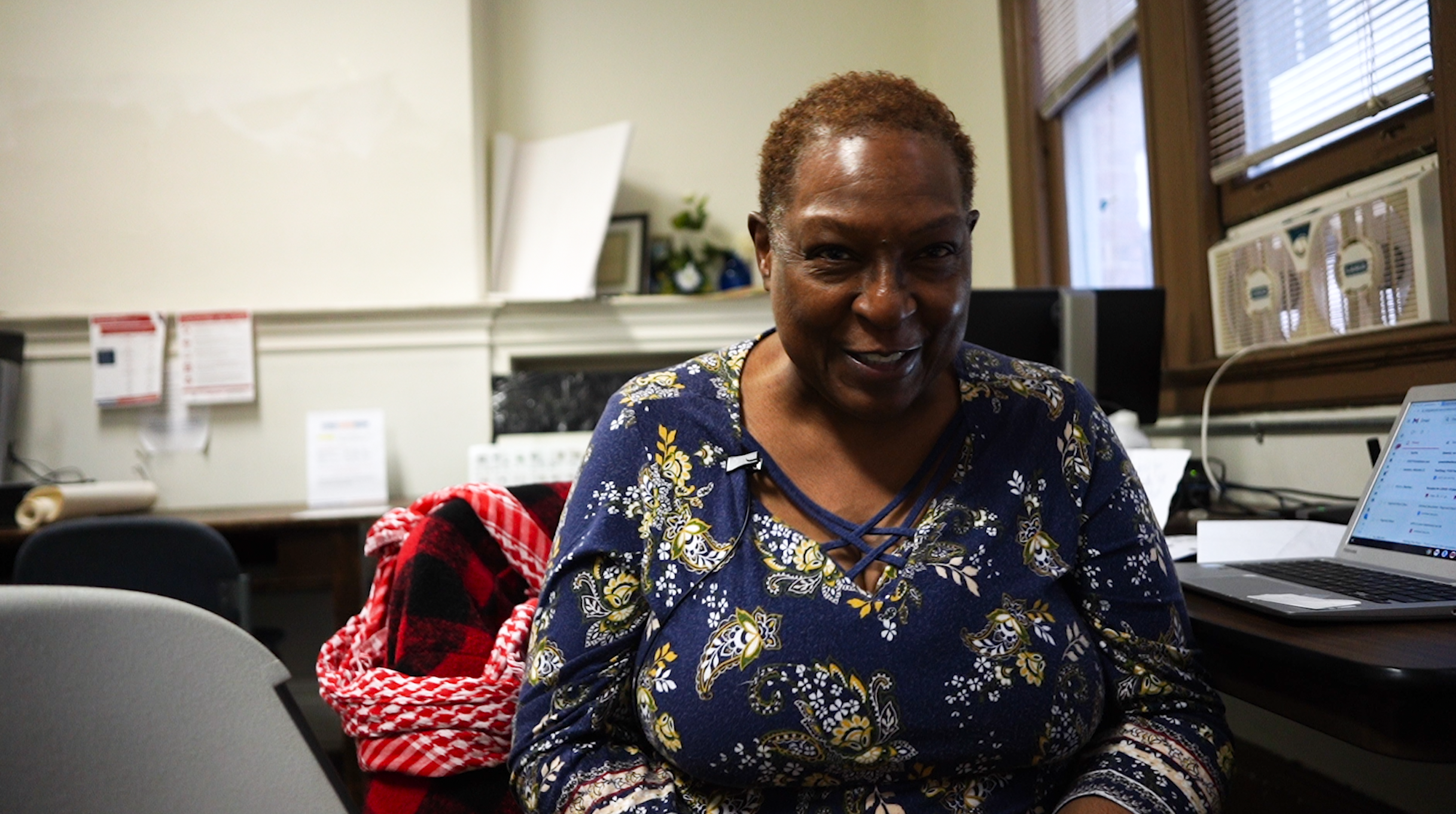Street Sense Media is realizing a long-time goal of doubling how often we publish the street paper of our nation’s capital! Starting April 14, our community can look forward to a new publication every Wednesday! At the heart of this expansion is one simple thing: vendor income. We project that the women and men selling our newspaper will earn an average of 40% more money based on observations from our sister street papers in Chicago, Seattle, and Portland that have already transitioned to weekly distribution.
This increase will help vendors meet their daily, basic needs and make the program more attractive to new vendors. The more consistent income will make saving and budgeting funds from working with Street Sense Media easier. And we will also be able to pay the artists who contribute to Street Sense – writers, photographers, illustrators, and more – twice as often.
A 2015 analysis of our past sales data found that sales were, on average, 74% higher in the first week of a paper’s circulation. And in a readership survey the following year, a whopping 78% of readers said they would purchase the paper every week if we made this change.
Writing, editing, designing, and printing twice as much is a big lift and it has taken a long time to successfully connect with the generous funders who have made this happen. Last year, we hired a second full-time editor, Deputy Editor Jake Maher, doubling the size of our editorial department. And we are – continuing to recruit – volunteer editors, reporters, and page designers.
More frequent publication also strengthens our product to better serve our community. The range and depth of our journalism has continued to grow from year to year. Publishing more frequently will mean bringing our print readers more timely news by featuring articles that would usually run online only. It also allows space to spotlight more relevant news from our partner newsrooms: DCist, The DC Line, Greater Greater Washington, and other street papers from around the world. Our community calendar and job listings will be more frequent. The voices and talents shared in our pages through poetry, prose, and visual art will diversify and be amplified all the more. And the opinion section, which is – open to all members – of our community, will be able to provide a platform for more timely commentary and debate.
This is our entire community’s paper, and we’re so excited to grow it with the community’s support.
A lot has changed over the past year. The pandemic decimated paper sales; street vendors cannot work from home. Our community rallied around us, helping to establish a vendor assistance fund for our case management department and increasingly using – our mobile payments app – to pay vendors for what people are reading at home, or just to provide them extra support. But none of this has measured up to the same level of income Street Sense Media vendors earned previously. As our community works through the vaccine rollout and continues to rebuild and recover, we want to be there to meet our readers? information needs every week and provide a stronger no-barrier work opportunity than ever before for our unhoused neighbors.




